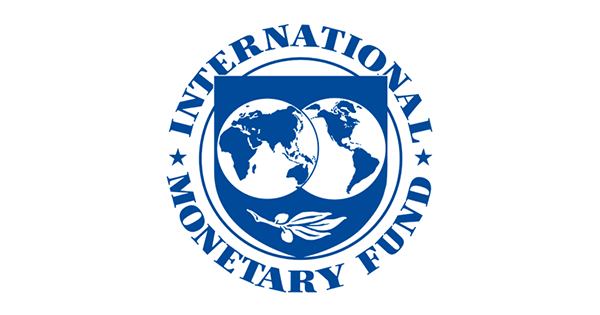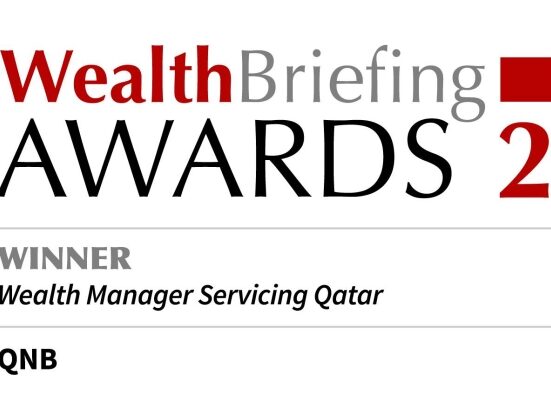IMF Executive Board Concludes 2023 Article IV Consultation with Guyana
December 4, 2023
Washington, DC:
The Executive Board of the International Monetary Fund (IMF) concluded the
Article IV consultation
[1]
with Guyana and considered and endorsed the staff appraisal without a
meeting.
The Guyanese economy has tripled in size since the start of oil extraction
(end-2019), from one of the lowest GDP per capita in Latin America and the
Caribbean in the early nineties. Oil production is ramping up rapidly,
supporting the highest real GDP growth in the world in 2022 (62.3 percent).
With the help of oil revenues, first transferred to the budget in 2022, the
government has started investing heavily to address large development
needs. Fundamentals remain strong and there are no signs of inflationary
pressures or overheating as of yet.
Guyana’s oil reserves per capita are one of the highest in the world. Going
forward, oil production will continue to expand rapidly as four new fields
will come on stream by end-2028. Sustained real non-oil GDP growth is also
expected, as the government continues to invest in human capital, lower
energy costs, and build infrastructure, including for climate change
adaptation. Real GDP is expected to continue to grow extremely fast in 2023
(38.4 percent) and on average of 20 percent per year during 2024-28.
Gross international reserves are expected to continue to accumulate and
reserves coverage to strengthen. Substantial savings will accumulate in the
Natural Resource Fund (NRF) in the medium-term. Annual transfers from the
NRF to the budget according to the NRF Act will finance most of the
increase in public capital spending to meet developmental needs.
These very favorable prospects are accompanied by balanced risks. On the
upside, further oil discoveries would continue to improve Guyana’s
long-term economic prospects and a construction boom would support higher
short-term growth than projected. The main downside risks are overheating,
leading to inflationary pressures and appreciation of the real exchange
rate beyond the level implied by a balanced expansion of the economy. Other
downside risks include highly volatile commodity prices and adverse climate
shocks as well as governance concerns, which could negatively impact the
economy.
Executive Board Assessment[2]
In concluding the 2023 Article IV consultation with Guyana, Executive
Directors endorsed staff’s appraisal, as follows:
The Guyanese economy continues to experience record growth, supported by
the government’s modernization plans and unparalleled oil and gas sector
expansion. Guyana’s external position at end-2022 is assessed to be
moderately stronger than the level implied by fundamentals and desired
policies.Guyana’s debt-sustainability analysis (DSA)
indicates that the risk of (overall and external) debt distress remains
moderate, with debt dynamics improving significantly with incoming oil
revenues.Overall real GDP growth is projected to grow 38.4
percent in 2023 and on average of 20 percent per year during 2024-28.
Guyana’s very favorable medium-term growth prospects are accompanied by
upside risks—key among them being further oil discoveries that would
continue to improve growth prospects—and downside risks—inflationary
pressures and the appreciation of the real exchange rate beyond the level
implied by a balanced expansion of the economy. Adverse climate shocks, and
volatile or lower than projected commodity prices, may also negatively
impact the economy. The key challenges are managing large resource revenue
inflows to ensure macro-economic stability and sustainability, while
investing steadily in people, physical infrastructure, and institutions.
Given the medium-term risks of inflationary pressures and real exchange
rate appreciation beyond the level implied by a balanced expansion of the
economy, staff recommend a continued focus on maintaining macroeconomic
stability through an appropriate policy mix. Staff assess the 2023 policy
mix to be appropriate, with fiscal policy increasing public investment to
address the large development needs, and broad money growing in line with
non-oil GDP. Staff welcome maintaining debt sustainability and a balanced
growth path through moderating fiscal impulses over the medium-term, while
continuing to address development needs.
The authorities’ commitment to fiscal discipline is welcome and allows for
a balanced growth path, with moderating fiscal impulses projected to
achieve a zero overall fiscal balance by 2028. Gross international reserves
and substantial saving in the National Resource Fund are expected to
continue to accumulate in the medium-term.
Staff recommend adopting over the medium-term a comprehensive medium-term
fiscal framework (MTFF). As a fiscal anchor, staff recommend setting a path
for the non-oil primary balance (as a percent of non-oil GDP) consistent
with the ceilings the withdrawals from the NRF of oil revenues which aim to
ensure inter-generational equity. The MTFF should encompass further
modernizing the public financial management framework, to contain a clear
medium-term fiscal anchor, a transition path, and an operational target.
Staff recommend periodic expenditure reviews to ensure macroeconomic
stability and preserve competitiveness by setting the pace of public
investment to take into account absorption and institutional capacity
constraints of the economy.
Staff recommend continuing close monitoring of macroeconomic and financial
indicators, tightening monetary policy stance, and using macroprudential
tools as needed. In the medium term, staff recommends a review of the
exchange rate framework to ensure that it best serves the economy.
Staff support the authorities’ efforts to maintain financial stability and
recommend completing the implementation of the 2016 FSAP recommendations.
Staff welcome BoG’s asset quality reviews, the progress in conducting
stress tests exercises, and the authorities’ strategies to promote
financial inclusion. Staff strongly support the authorities’ commitment to
complete the implementation of the 2016 FSAP recommendations, including
closely monitoring sectoral lending exposures, related party lending,
banks’ ownership structure and increasing competition in the banking
sector.
Staff commend the authorities’ progress in strengthening AML/CFT,
governance, anti-corruption frameworks and support further advances in
their effective implementation.
Staff commend the authorities’ progress to strengthen the management of oil
wealth and its fiscal transparency and recommend addressing remaining gaps.
In particular it is important to implement the recommendations of the 2019
Extractive Industries Transparency Initiative (EITI) reports, including in
moving towards electronic disclosure and adequate follow-up.
Staff welcome the authorities’ climate efforts implemented through LCDS
2030, which maintains forest coverage and preserves sequestration rates,
and aims to enhance nature conservation, by including biodiversity
conservation, watershed management, and the ocean economy, and receive
payments for these efforts.
|
|||||||||||||||||||||||||||||||||||||||||||||||||||||||||||||||||||||||||||||||||||||||||||||||||||||||||||||||||||||||||||||||||||||||||||||||||||||||||||||||||||||||||||||||||||||||||||||||||||||||||||||||||||||||||||||||||||||||||||||||||||||||||||||||||||||||||||||||||||||||||||||||||||||||||||||||||||||||||||||||||||||||||||||||||||||||||||||||||||||||||||||||||||||||||||||||||||||||||||||||||||||||||||||||||||||||||||||||||||||||||||||||||||||||||||||||||||||||||||||||||||||||||||||||||||||||||||||||||||||||||||||||||||||||||||||||||||||||||||||||||||||||||||||||||||||||||||||||||||||||||||||||||||||||||||||||||||||||||||||||||||||||||||||||||||||||||||||||||||||||||||||||||||||||||||||||||||||||||||||||||||||||||||||||||||||||||||||||||||||||||||||||||||||||||||||||||||||||||||||||||||||||||||||||||||||||||||||||||||||||||||||||||||||||||||||||||||||||||||||||||||||||||||||||||||||||||||||||||||||||||||||||||||||||||||||||||||||||||||||||||||||||||||||||||||||||||||||||||||||||
[1]
Under Article IV of the IMF’s Articles of Agreement, the IMF holds
bilateral discussions with members, usually every year. At the
request or with the consent of the member, IMF staff may hold
separate discussions with respect to territories or constituent
parts of a member. These Article IV consultation discussions form a
part of the member’s Article IV consultation. In such cases, a staff
team visits the territory or constituent part, collects economic and
financial information, and discusses with officials the territory’s
or constituent part’s economic developments and policies. On return
to headquarters, the staff prepares a report, which forms the basis
for discussion by the Executive Board, which in turn constitutes an
integral part of the member’s AIV consultation for the relevant
cycle.
[2]
The Executive Board takes decisions under its lapse-of-time
procedure when the Board agrees that a proposal can be considered
without convening formal discussions.
IMF Communications Department
MEDIA RELATIONS
PRESS OFFICER: Jose De Haro
Phone: +1 202 623-7100Email: MEDIA@IMF.org







